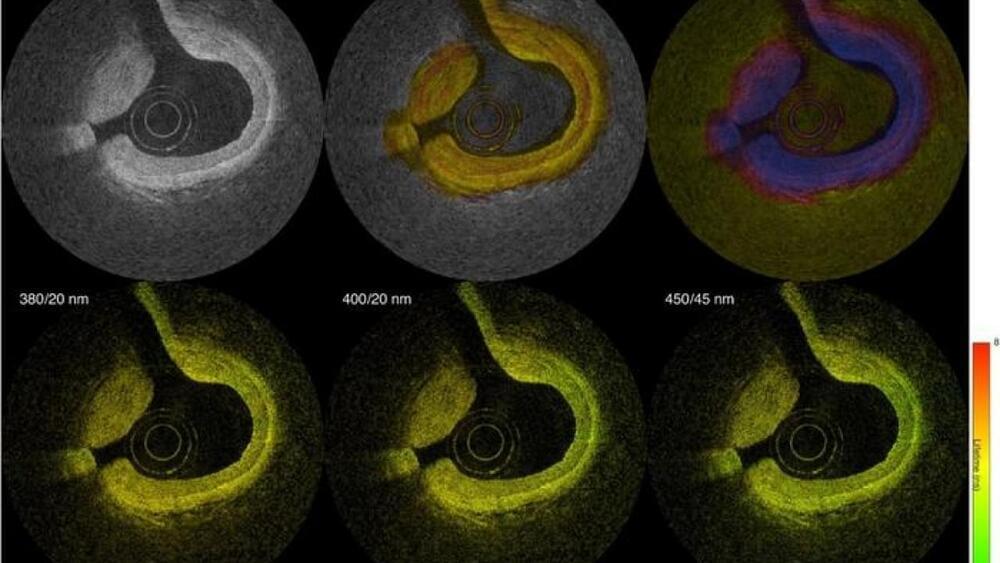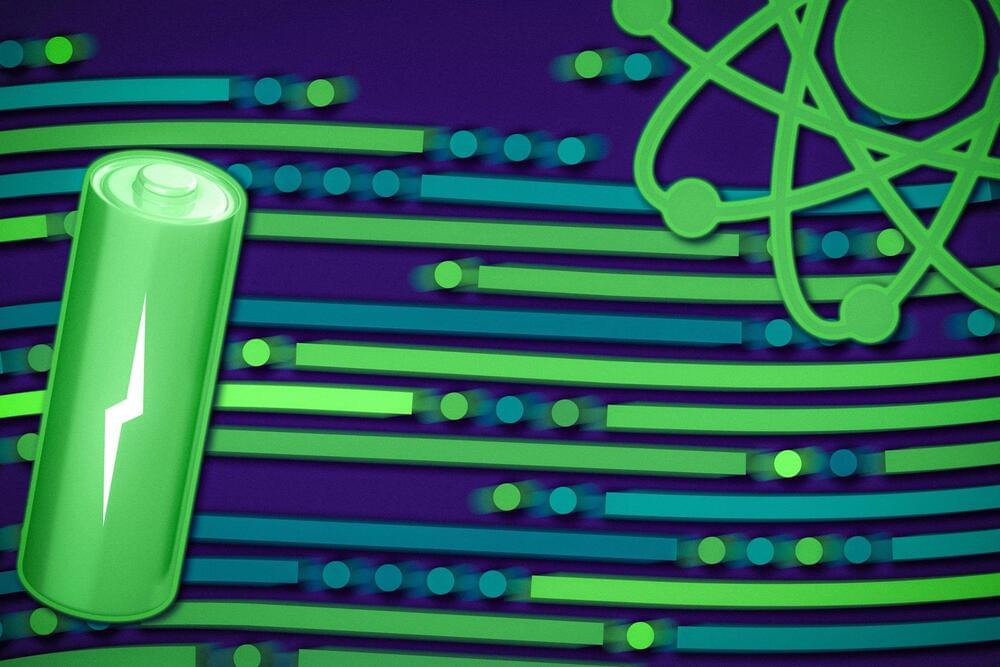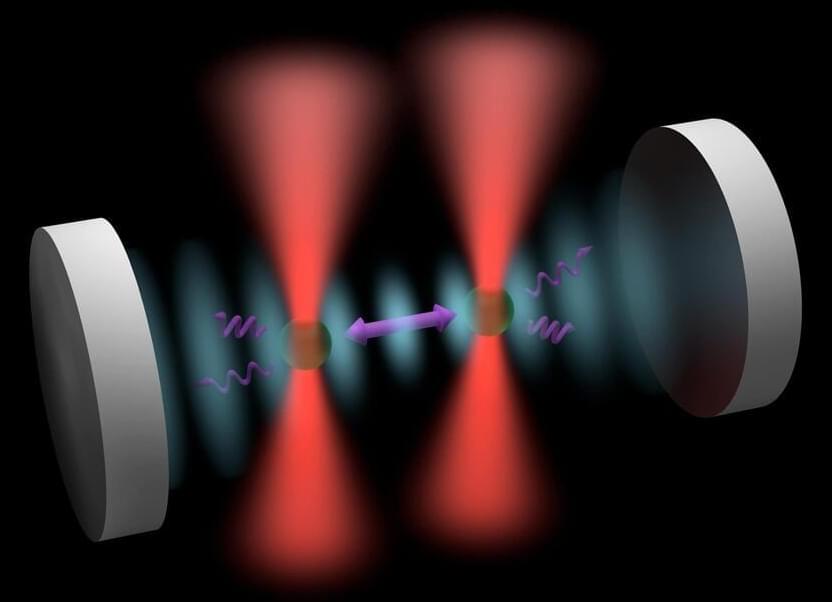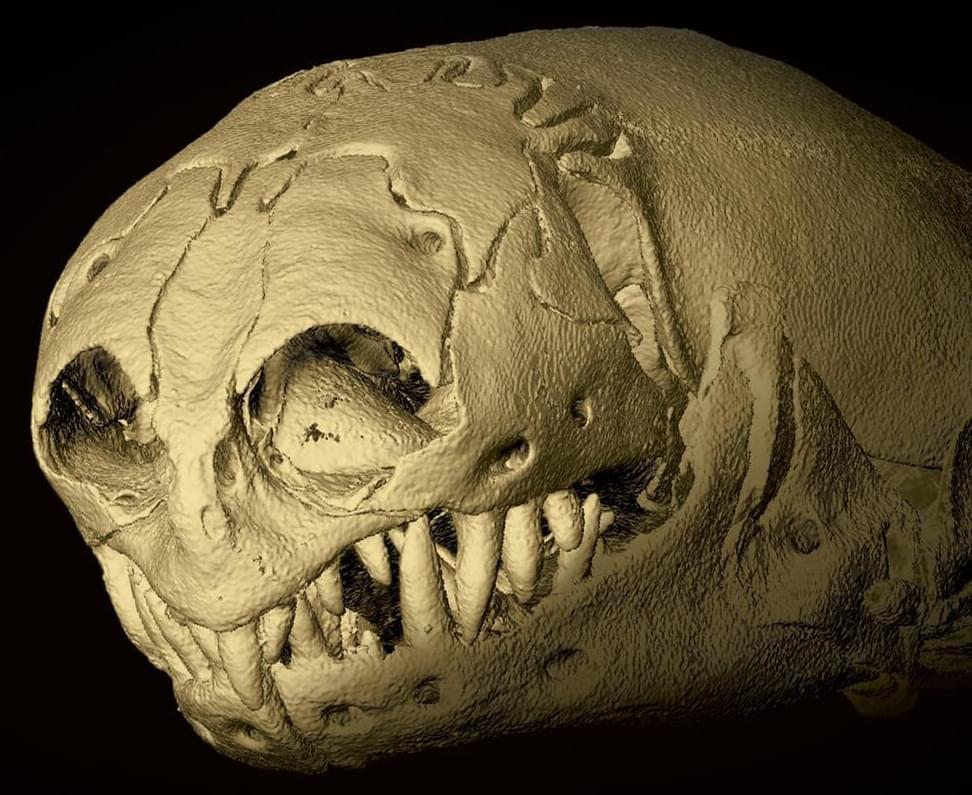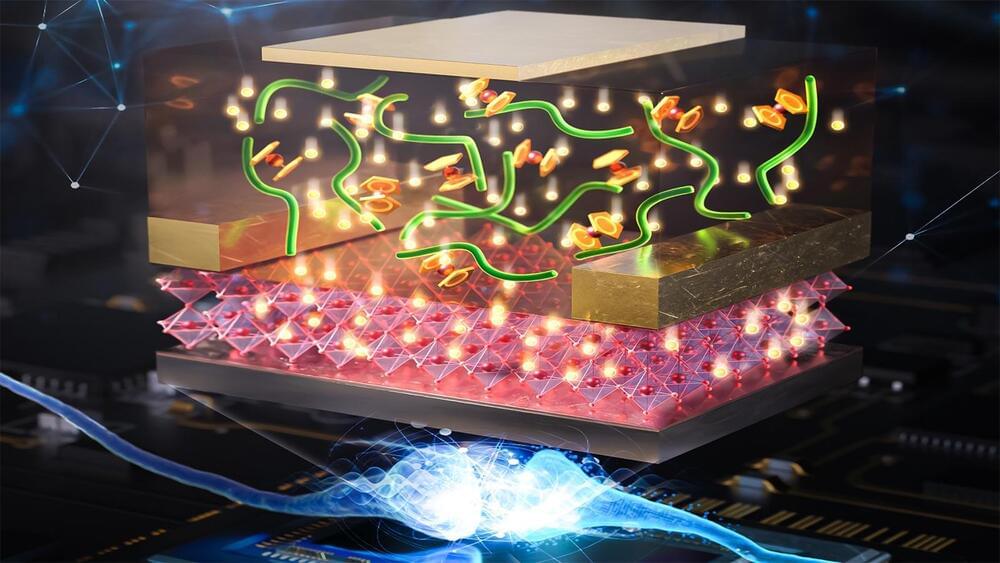Mar 18, 2024
New cardiovascular imaging approach provides a better view of dangerous plaques
Posted by Shubham Ghosh Roy in categories: biotech/medical, engineering, health
Researchers in the UC Davis Department of Biomedical Engineering are introducing a groundbreaking catheter-based device that could revolutionize heart attack and stroke prevention by enhancing intravascular imaging of dangerous plaques.
Researchers in the Department of Biomedical Engineering at the University of California, Davis, have developed a new catheter-based device that combines two powerful optical techniques to image the dangerous plaques that can build up inside the arteries that supply blood to the heart. By providing new details about plaque, the device could help clinicians and researchers improve treatments for preventing heart attacks and strokes.
Atherosclerosis occurs when fats, cholesterol and other substances accumulate on the artery walls, which can cause these vessels to become thick and stiff. A heart attack or stroke may occur if an atherosclerotic plaque inside the blood vessels ruptures or parts of it break off.
Continue reading “New cardiovascular imaging approach provides a better view of dangerous plaques” »
